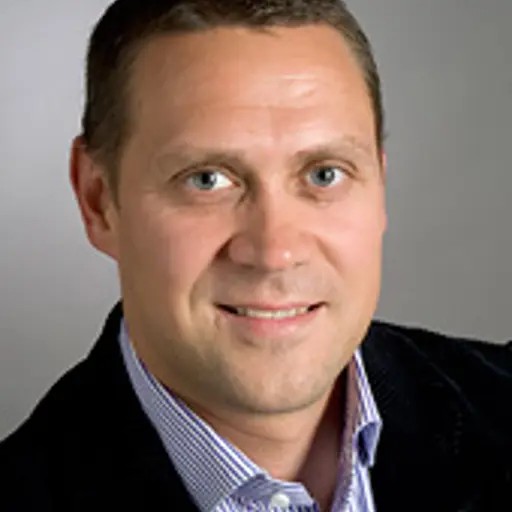Course syllabus adopted 2021-02-26 by Head of Programme (or corresponding).
Overview
- Swedish nameMedicinska material
- CodeTIF050
- Credits7.5 Credits
- OwnerMPBIO
- Education cycleSecond-cycle
- Main field of studyBioengineering, Engineering Physics
- DepartmentCHEMISTRY AND CHEMICAL ENGINEERING
- GradingTH - Pass with distinction (5), Pass with credit (4), Pass (3), Fail
Course round 1
- Teaching language English
- Application code 08127
- Maximum participants40 (at least 10% of the seats are reserved for exchange students)
- Block schedule
- Open for exchange studentsYes
Credit distribution
Module | Sp1 | Sp2 | Sp3 | Sp4 | Summer | Not Sp | Examination dates |
|---|---|---|---|---|---|---|---|
| 0105 Examination 7.5 c Grading: TH | 7.5 c |
|
In programmes
- MPAEM - MATERIALS ENGINEERING, MSC PROGR, Year 2 (elective)
- MPBIO - BIOTECHNOLOGY, MSC PROGR, Year 1 (compulsory elective)
- MPBIO - BIOTECHNOLOGY, MSC PROGR, Year 2 (elective)
- MPBME - BIOMEDICAL ENGINEERING, MSC PROGR, Year 2 (elective)
- MPMCN - MATERIALS CHEMISTRY, MSC PROGR, Year 1 (compulsory elective)
- MPMCN - MATERIALS CHEMISTRY, MSC PROGR, Year 2 (elective)
- MPMED - BIOMEDICAL ENGINEERING, MSC PROGR, Year 1 (elective)
Examiner
 Martin Andersson
Martin Andersson- Head of Unit, Applied Chemistry, Chemistry and Chemical Engineering
Eligibility
General entry requirements for Master's level (second cycle)Applicants enrolled in a programme at Chalmers where the course is included in the study programme are exempted from fulfilling the requirements above.
Specific entry requirements
English 6 (or by other approved means with the equivalent proficiency level)Applicants enrolled in a programme at Chalmers where the course is included in the study programme are exempted from fulfilling the requirements above.
Course specific prerequisites
Basic university level courses in physics or mechanics and chemistry, or materials science.Aim
The aim of this course is to introduce the student to the main categories of materials used as biomaterials, with emphasis on their structure-property relationships, and to provide an introduction to specific materials commonly used in medical devices, as well as drug delivery and tissue engineering applications. Another aim is for students to be familiar with the special handling, performance and degradation criteria required for materials in medicine.Learning outcomes (after completion of the course the student should be able to)
Understand the basic structure and property relationships of metal, ceramic, polymeric and composite materials systems.
Understand structure-property relationships of biological materials, including major tissues found in the body.
Be familiar with characterization methods commonly used to analyse biomaterials.
Name and describe a few specific materials in each of the main catagories of materials used in medicine, such as metals, ceramics, polymers, degradable polymers, biopolymers.
Have an understanding of the requirements for materials used in several application areas in the body, such as soft tissue replacements, hard tissue replacements, blood contacting devices, as well as transplants and tissue engineered devices.
Describe some advantages and disadvantages of the main sterilization methods used in the medical device industry.
Describe the main degradation mechanisms of materials in the body.
Content
The course is built upon the principle of understanding the specific properties of the different material types used as biomaterials, and how this understanding can be used for selecting/designing materials for different medical implant applications. The course provides a necessary background for students in biotechnology, biomedical engineering or biomedicine who will continue with studies in biomaterials and tissue engineering.
The course covers the major classes of materials used in medicine, such as metals, ceramics, polymers, and composites. Emphasis is placed on structure, composition, mechanical properties, analytical methods, surface vs. bulk properties and degradation mechanisms of each material group. Also covered are sterilization methods, and industry and regulatory standards required for implant materials. These aspects of biomaterials are further stressed in a site visit to a medical device manufacturer.
Journal clubs address current materials issues within the medical implant field. Each article is read, summarized and criticized during tutorial sessions. Emphasis is placed on the materials used, processing methods, characterization, and performance. For the group projects, each group of students will dive deeper into one of the articles from the Journal Club, addressing clinical needs, tissue physiology, alternative medical device strategies and other materials being used or developed for the application, and performance requirements. The application areas and alternative approaches will be presented orally by the students during a special session towards the end of the course.
Organisation
The course is based on a combination of lectures, Journal Club sessions, group project, and a site visit to a medical device company.
Literature
Course textbook: Biomaterials Science. An Introduction to Materials in Medicine (Ed. Ratner B, Hoffman AS, Schoen FJ, Lemons JE), Academic Press, 3rd Edition, 2013 - ebook Chalmers library.Handouts in the form of lecture notes and scientific journal articles.
Examination including compulsory elements
Course grades are based on the sum of grades from the Journal Club sessions, group project, individual grades from the group work, and written final exam.
The course examiner may assess individual students in other ways than what is stated above if there are special reasons for doing so, for example if a student has a decision from Chalmers about disability study support.
The course syllabus contains changes
- Changes to course rounds:
- 2024-02-21: Block Block changed from D to D+ by Lina Haglund
[Course round 1]
- 2024-02-21: Block Block changed from D to D+ by Lina Haglund